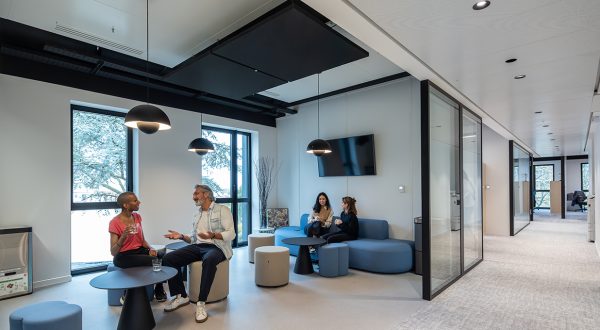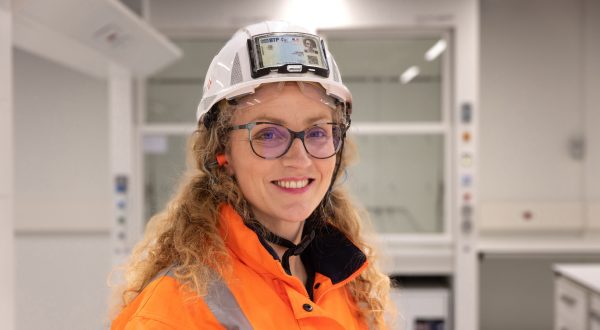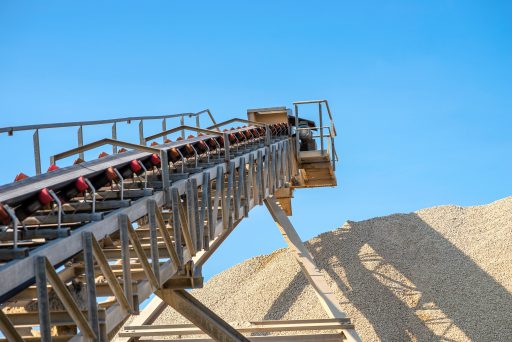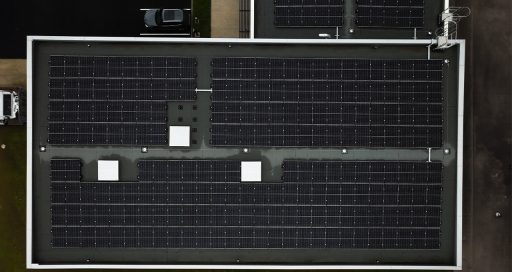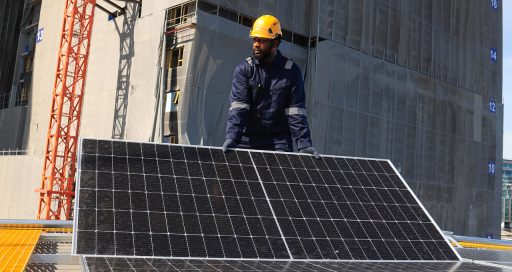Data centres, which form the cornerstone of network infrastructure, consume a huge amount of energy. But there are several ways they can reduce their environmental footprint.
![]()
Data centres are central to digital transformation. They house IT equipment (server racks) that is used to store, process and protect data. Sustained growth in the generation and use of digital data both by homes and businesses calls for ever greater storage capacity and optimised data management systems.
This growth makes a similar explosion in energy consumption a legitimate concern. “With European commitments on greenhouse gas emissions at the top of the agenda, it’s vital that we monitor the issue closely,” says Aymeric Tissandier, building solutions director at VINCI Energies and director of France Datacenter, an association bringing together stakeholders from the data centre ecosystem, which has adopted the EU Code of Conduct on Data Centre Energy Efficiency.
So what is the best way of supporting increased use while at the same time limiting the impact on the environment? To bring energy consumption under control, data centres must work on their equipment and processes. Power generation sources must also be diversified, with renewables incorporated into the mix.
Spectacular progress has already been made in terms of IT equipment, which has helped limit energy costs. “Between 2010 and 2018, the consumption of a computing server was reduced fourfold and that of a storage server ninefold,” stresses Tissandier. “Overall, computing volume increased more than fivefold over the period, and the amount of electricity used actually only rose by 6%.”
Infrastructure has also been upgraded. And consumption has been optimised thanks to better management of cooling processes and increasingly sophisticated equipment. “What we’ve noticed as an installer is that data centres are one of the most high-tech sectors,” adds Tissandier. This is true of new-build projects as well as of many replacement or retrofit projects, which are using next-generation, more energy-efficient equipment.
Optimising consumption and developing renewables
Data centre operators have every reason to invest in initiatives to optimise energy consumption, not least financial reasons since energy is a data centre’s biggest area of expenditure (49%), according to the Association technique énergie environnement (ATEE), an environmental association that promotes energy management. This energy doesn’t just power the servers, it also ventilates and cools them. Indeed, all of the electricity consumed by IT equipment is converted to heat, which needs to be removed. Furthermore, the demand for green power from major clients means data centres get the best of both worlds: optimising energy use while also incorporating renewables into their solutions.
At Equinix, the world’s largest data centre and colocation provider, “renewable sources account for 90% of global energy use,” stresses Régis Castagné, the company’s managing director for France. This is achieved, in particular, by generating renewable energy in California and buying green energy through renewable energy certificates.
Fluid dynamics and PUE
Furthermore, energy efficiency improvements can be made at the operation stage by working on cold and hot airflow within the server room. The layout in the room can be rearranged to separate airflow with panels by positioning the server racks in such a way that the hot aisle is contained and that hot and cold air does not mix.
The VINCI Facilities fluid dynamics simulation tool “helps reallocate servers and spread out energy use more effectively.”
VINCI Facilities offers a fluid dynamics simulation tool for use in data centres. “The tool helps reallocate servers and spread out energy use more effectively,” points out Thomas Felgines, project manager at the VINCI Facilities Data Center & Télécom business unit.
Following an audit phase, VINCI Facilities sets up a monitoring system that uses sensors to collect data and thus identify ways to reduce consumption. During the subsequent recommendation phase, an expert proposes server room layout changes, and suggests what equipment should be replaced and what adjustments made. The expert also sets out a target PUE (Power Usage Effectiveness), the ratio between the total amount of energy used by the data centre (IT, ventilation, cooling, lighting) and the total amount of energy drawn by the IT and network equipment.
This energy performance indicator can vary by a factor of two. At Equinix, the PUE ranges between 1.1 and 1.3, whereas in “data centres that focus more on security than energy use, it can reach 2.5,” says Aymeric Tissandier.
The closer the PUE is to 1, the more energy efficient the data centre is. Considering that the average PUE is 1.8 and that 12.5% of data centres have a PUE equal to or higher than 2.5, there is still work to be done in helping digital transition players to transition to renewable energy.
19/11/2020
